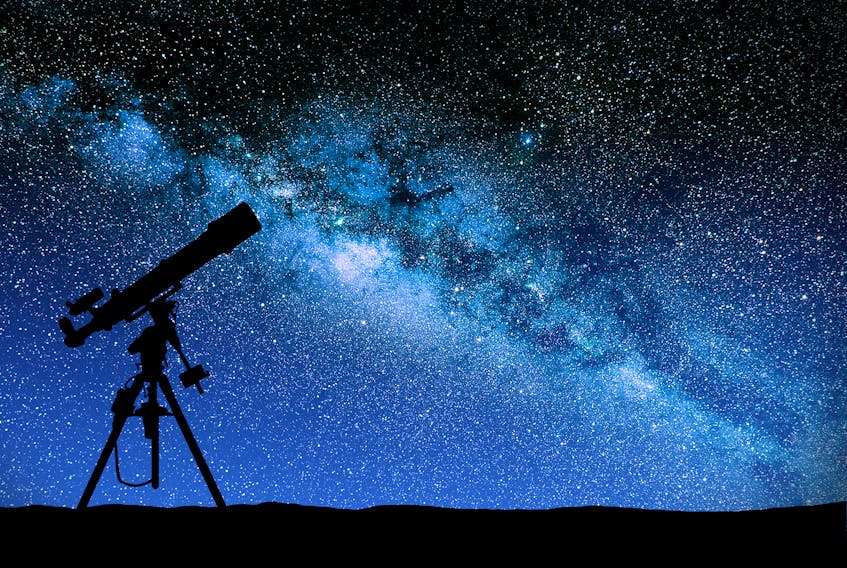It is hard to believe, looking out the window at the wintry weather, that our planet is actually closer to the sun in January than it is in June. One would surmise, then, that we should be experiencing warmer weather now. However, due to the fact that the northern hemisphere of Earth is tilted away from the sun at this time of the year, the amount of sunlight we receive is actually spread out over a larger area, and at a lower angle, resulting in cooler temperatures and our winter season, complete with ample amounts of snow.
In June, though further from the sun, our northern hemisphere faces directly towards the sun, and thus receives lots of sunlight and resulting warmer weather.
Mercury is lost in the sun's glow this month, though it can be spotted with the help of binoculars low in the east shortly before sunrise. On the morning of Jan. 4, look for a very thin, waning, crescent moon just above Mercury.
Venus, heading towards its greatest western elongation from the sun on Jan. 6, rises around 4 a.m. this month and sits high in the southeast as the sky begins to brighten. Our "morning star" will be highest in the early morning sky just before sunrise, with the waning, crescent moon nearby.
Jupiter follows Venus into the early morning sky about 45 minutes later. The two planets will draw closer to each other this month, as Venus drops lower in the sky.
Saturn, currently heading towards conjunction with the sun, is too close to the sun to be observed. It joins Venus and Jupiter in the early morning sky during the last week of January. The ringed planet will appear very low in the southeast to the lower left of Venus in the pre-dawn sky.
Mars is our only evening planet this month, appearing high in the southwest sky as twilight darkens, and setting in the west around 10:24 p.m.
The major celestial event of January will be the total lunar eclipse on Jan. 21. The actual eclipse will begin at approximately 10:36 p.m. AST and last until approximately 3:48 a.m. (on Jan. 22), with total eclipse (for us here on P.E.I.) at 1:12 a.m. (on Jan. 22). This is being classified as a Super Moon Eclipse, as the moon is full the night of Jan. 21 and is closest to Earth (perigee) on that date. The moon will appear about 14 per cent larger and 30 per cent brighter than a normal full moon. You may see it referred to in the news as a "blood moon" eclipse. This is in reference to the reddish-orange hue the moon's surface may assume during the eclipse, due to sunlight refracted through the Earth's atmosphere around the globe, resulting in more of the red part of the sunlight's colour spectrum getting bent towards the moon's surface. Let’s hope for clear weather that evening and into the post-midnight hours, so that we can see this amazing event, as it will be the last total lunar eclipse viewed anywhere on the planet until May 2021.
Until next month, I wish you all clear skies, and a bountiful and successful New Year.
Glenn K. Roberts lives in Stratford, P.E.I., and has been an avid amateur astronomer since he was a small child. His column appears in The Guardian on the first Wednesday of each month. He welcomes comments from readers, and anyone who would like to do so is encouraged to email him at [email protected].









